Competition in Science
Competition is a key concept in science, particularly in the study of ecology and biology. It refers to the rivalry between organisms for resources such as food, water, shelter, and mates. This interaction can have a significant impact on the population dynamics and the overall ecosystem.
Types of Competition
There are two main types of competition:
- Intraspecific competition: This occurs between individuals of the same species. For example, two squirrels competing for the same acorns in a forest.
- Interspecific competition: This occurs between individuals of different species. For instance, lions and hyenas competing for the same prey in an African savanna.
Factors Affecting Competition
Several factors can influence the intensity of competition:
- Resource availability: The scarcity or abundance of resources can impact the level of competition. In a drought-stricken region, plants and animals may compete more fiercely for limited water sources.
- Population density: As the population of a species increases, the competition for resources also intensifies.
- Species characteristics: The specific traits and behaviors of organisms can affect their competitive abilities. For example, a fast and agile predator may outcompete a slower one for the same prey.
Effects of Competition
Competition can have several outcomes:
- Resource allocation: Organisms may need to allocate more energy and time to compete for resources, which can impact their growth and reproduction.
- Species distribution: Competition can influence the spatial distribution of species within an ecosystem as they seek out optimal resources and habitats.
- Species evolution: Over time, competition can drive the evolution of traits that enhance an organism's competitive abilities.
Study Guide
To understand competition in science, consider the following study guide:
- Define competition and explain its significance in ecology and biology.
- Describe the difference between intraspecific and interspecific competition, providing examples of each.
- Discuss the factors influencing the intensity of competition, including resource availability, population density, and species characteristics.
- Explain the potential effects of competition on resource allocation, species distribution, and species evolution.
- Conduct a research project to investigate the impact of competition on a specific ecosystem or species.
By understanding the concept of competition and its implications, scientists can gain valuable insights into the complex dynamics of natural ecosystems and the interactions between organisms.
[Competition] Related Worksheets and Study Guides:
.◂Science Worksheets and Study Guides Fourth Grade. Introduction to animals
Study Guide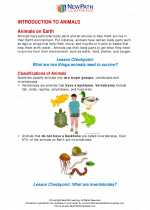 Introduction to animals
Introduction to animals  Worksheet/Answer key
Worksheet/Answer key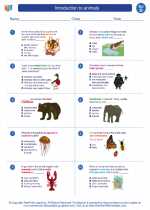 Introduction to animals
Introduction to animals  Worksheet/Answer key
Worksheet/Answer key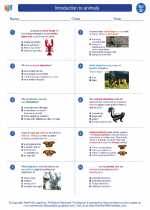 Introduction to animals
Introduction to animals  Worksheet/Answer key
Worksheet/Answer key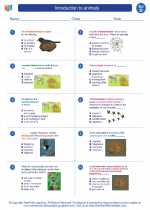 Introduction to animals
Introduction to animals  Vocabulary/Answer key
Vocabulary/Answer key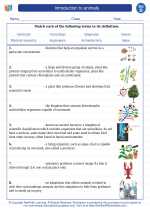 Introduction to animals
Introduction to animals  Vocabulary/Answer key
Vocabulary/Answer key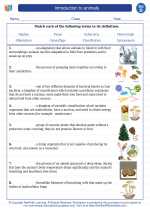 Introduction to animals
Introduction to animals  Vocabulary/Answer key
Vocabulary/Answer key Introduction to animals
Introduction to animals  Vocabulary/Answer key
Vocabulary/Answer key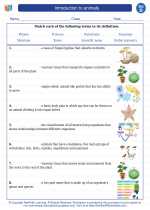 Introduction to animals
Introduction to animals 

 Worksheet/Answer key
Worksheet/Answer key
 Worksheet/Answer key
Worksheet/Answer key
 Worksheet/Answer key
Worksheet/Answer key
 Vocabulary/Answer key
Vocabulary/Answer key
 Vocabulary/Answer key
Vocabulary/Answer key
 Vocabulary/Answer key
Vocabulary/Answer key
 Vocabulary/Answer key
Vocabulary/Answer key

The resources above cover the following skills:
Concepts of Life Science (SC1, SC2, SC3)
The student demonstrates an understanding of how science explains changes in life forms over time, including genetics, heredity, the process of natural selection and biological evolution by showing the relationship between physical characteristics of Alaskan organisms and the environment in which they live.